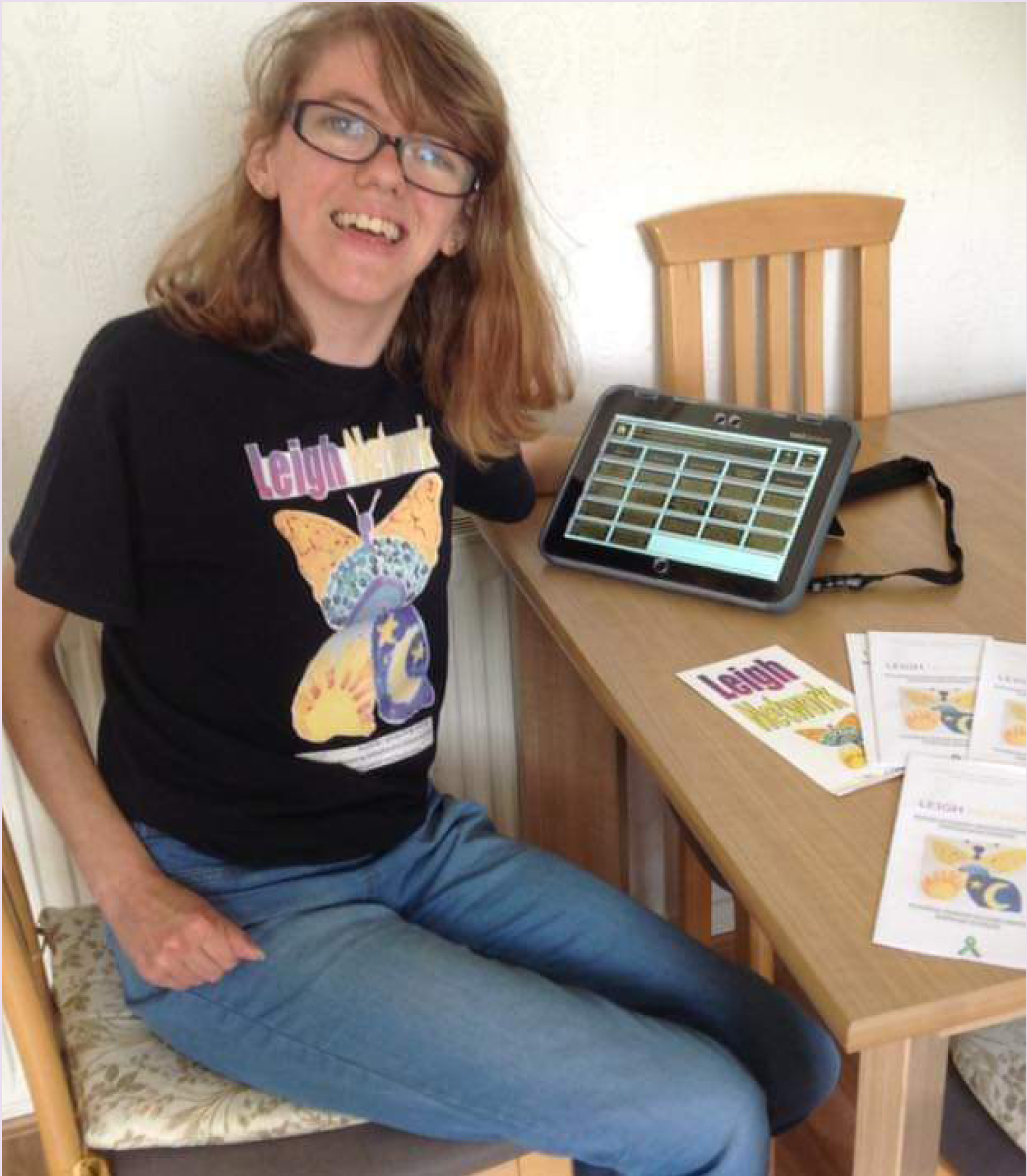There are so many definitions available, but essentially:
“Mitochondrial disorders are rare genetic conditions affecting a variety of organs, but in particular the central nervous system and muscles.“ Newcastle University, 2020.
In order to understand Mitochondrial Disease, we must first understand ‘mitochondria’. Mitochondria, found in the majority of cells in our bodies, are often referred to as the powerhouse of the body- they provide 90% of the energy the body needs (called ATP) to function and for us to live. Most mitochondria are in organs that require a lot of energy, such as the brain, muscles, vital organs such as the heart and liver, and our sensory organs. When the mitochondria cells don’t function properly, the organ doesn’t function properly- this is why so many Mito patients have such significant symptoms. These may include: reduced mobility, loss of sight and hearing, epilepsy, dystonia, cognitive function issues and chronic fatigue. The list of potential symptoms is endless.
Adenosine Triphosphate (ATP) is generated by a process called oxidative phosphorylation – which we will shorten to OXPHOS. OXPHOS converts the food we eat into ATP. Imagine a 4 storey high building, to get to where you want to be, you must walk up the 4 floors of the building. Now, imagine there is some danger on the first floor, maybe a giant hole in the floor, how will you get to the second floor? On the second floor, the staircase is missing, but when you get to the third floor, there is a monster to grapple with, and on the fourth and final storey, the door is made of iron and hard to open.

Artwork by Jason Mulliss
For a healthy person, with no mitochondrial disease, their 4 storey OXPHOS is like an office building with impeccable customer service and a straightforward stairwell. For a person with mitochondrial disease, any number of their 4 storeys can become damaged, making food-energy conversion extremely difficult, and, in some cases, impossible.
When OXPHOS fails this can lead to damage or death of cells and leave a person with any number of health issues and disabilities, depending on which area of the body is affected.
Mitochondrial disease (the cell damage/death) can affect anyone at any age – from babies and children, to teenagers and adults – regardless of background or ethnicity. Mitochondrial disease does not discriminate.
Each person affected by mitochondrial disease has a different experience both physically and mentally. Even two siblings can be completely different.
There are many known ‘type’s of mitochondrial disease, and this is an umbrella-term for many conditions, such as Kearns-Sayre syndrome (KSS); Leber hereditary optic neuropathy (LHON); myoclonus epilepsy associated with ragged-red fibres (MERRF), and Mitochondrial DNA depletion syndrome (including Alpers syndrome, Dementia and Parkinson’s).
MITO FACTS
1 in 200 babies in the UK are born with genetic changes that cause mitochondrial disease
Lily foundation
31 in 200 children die each year before
the age of 16
mitochondrialdiseasenews.com
Approximately 1 in 200 children in the UK are born with faulty mitochondrial DNA. While many people have mild or no symptoms, around 1 in 6500 develop more serious mitochondrial disorders
welcome.ac.uk
In many families mitochondrial disease affects multiple family members
The disease can occur at a young age and lead to disability and death. There is currently no cure.
The mitochondria in the cells throughout our bodies are responsible for creating 90% of the energy needed to sustain life and support organ function. When mitochondria malfunction, organs start to fail – people get sick and even die
umdf.org>what-is-mitochondrial-disease
Together, Leigh syndrome and MELAS are the most common mitochondrial myopathies
www.mda.org

Faye’s diagnosed Mitochondrial Disease is
called Leigh Disease.
What is Leigh Disease?
Leigh Disease (aka Leigh Syndrome or Leigh’s) is a common mitochondrial disease- affecting 1 in 30,000. It is a severe neurological condition often affecting areas of the brain controlling movement and muscles throughout the body, and can affect mental stamina and cognitive ability. Although Leigh’s primarily affects young children, symptoms can begin in teenage years or even later.
What is the prognosis for a Leigh Disease patient?
Whilst Leigh Disease may be fatal in some very rare genetic variants, there are many patients who survive to adulthood and lead a good quality life. It is correct that there is no specific cure for Leigh Disease in general. However, there are some treatments that can help with the symptoms experienced by children, adolescents and adults with this and other mitochondrial diseases.
Mitochondrial disease has no cure and few treatments… this is why it is so important to raise public awareness and to raise funds for research.
To help us continue to be able to contribute to the vital research at Newcastle, please donate here;
www.gofundme.com/f/zuvrp-leigh-network-family-mito-meetings

